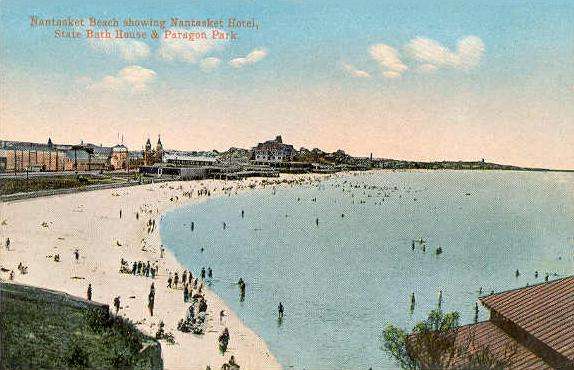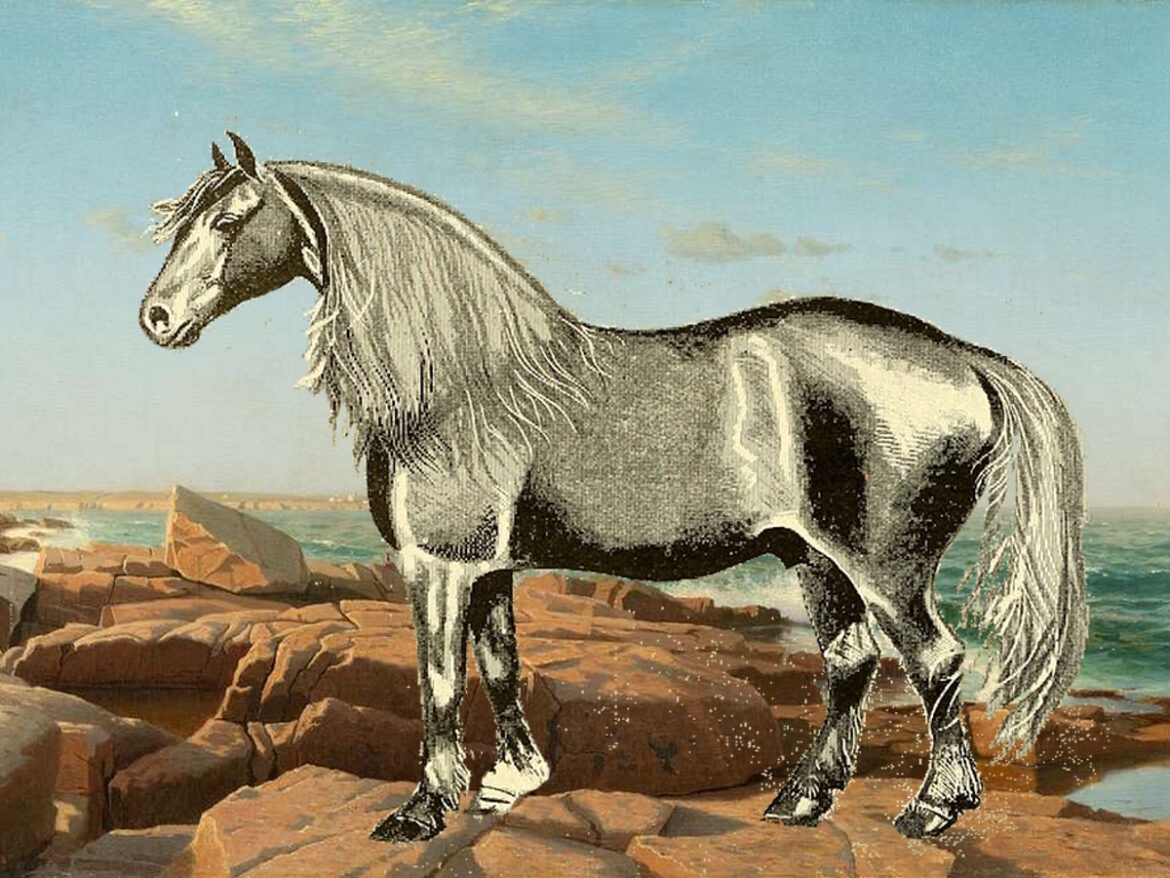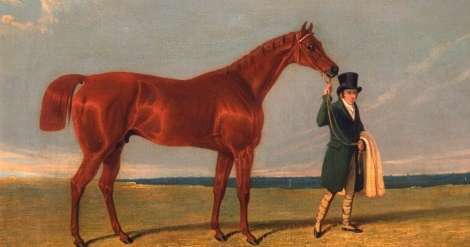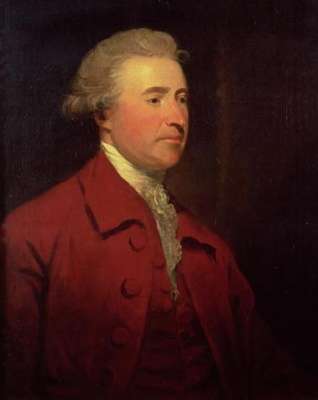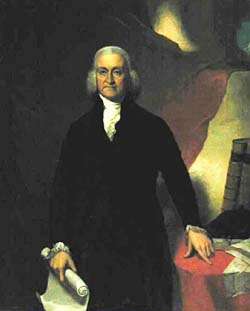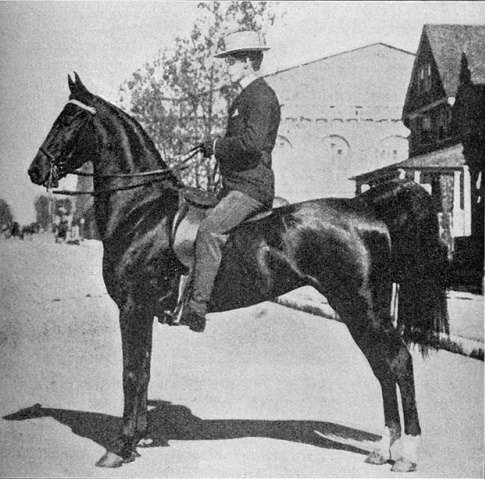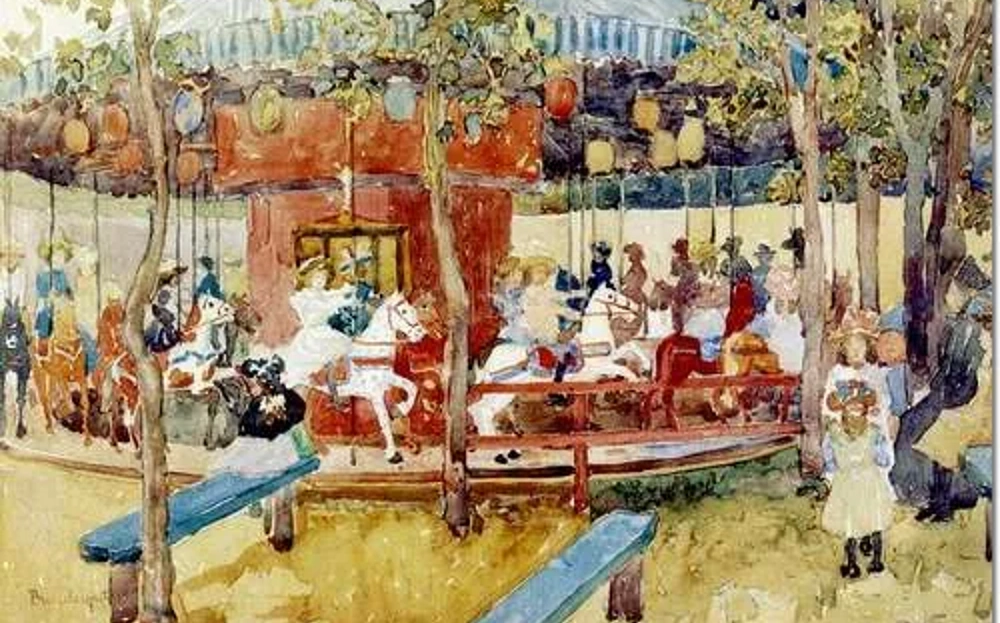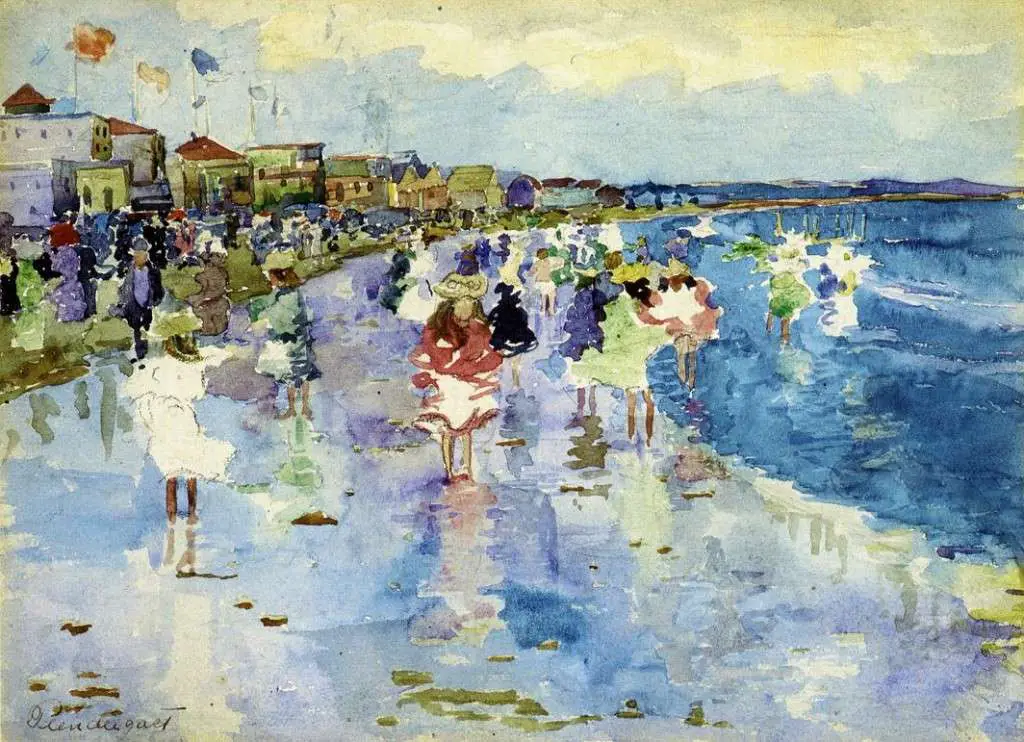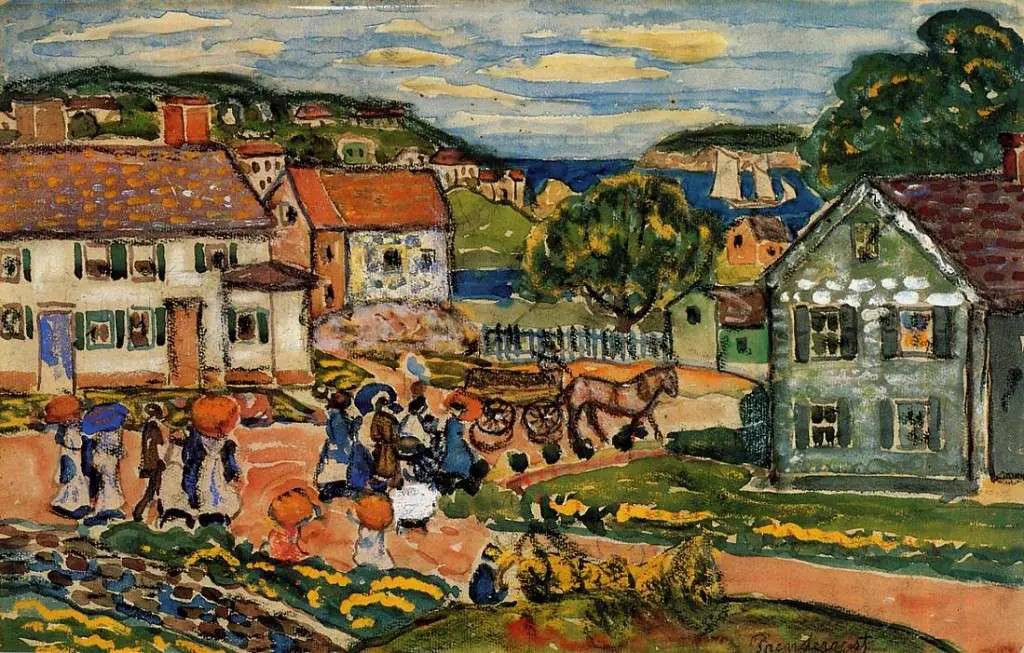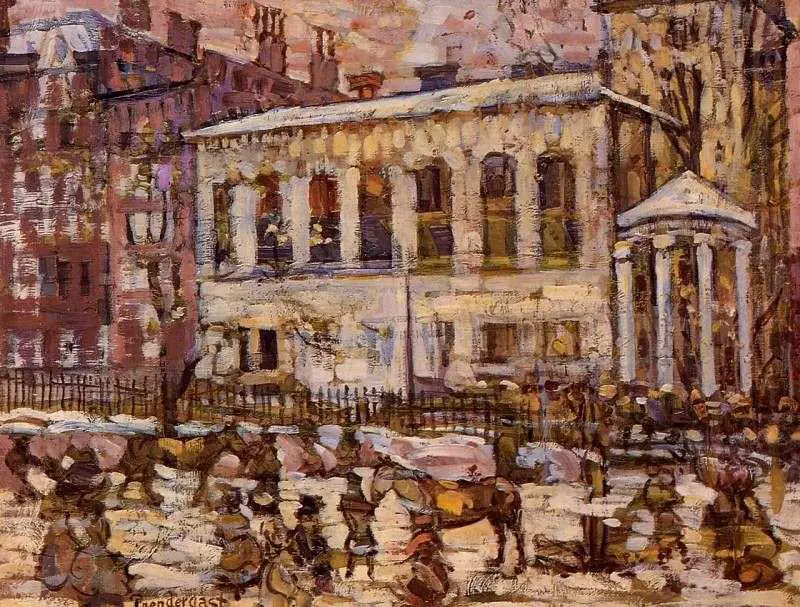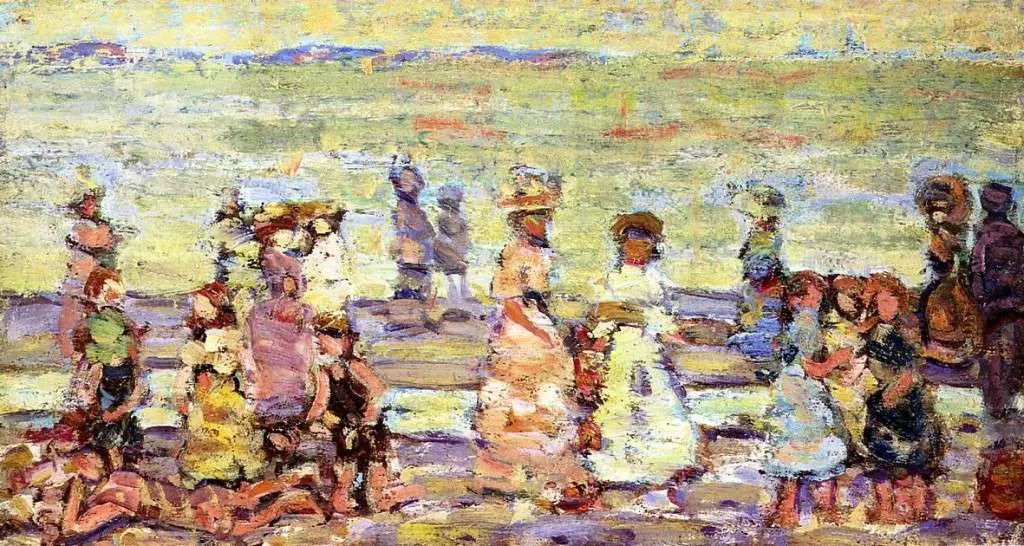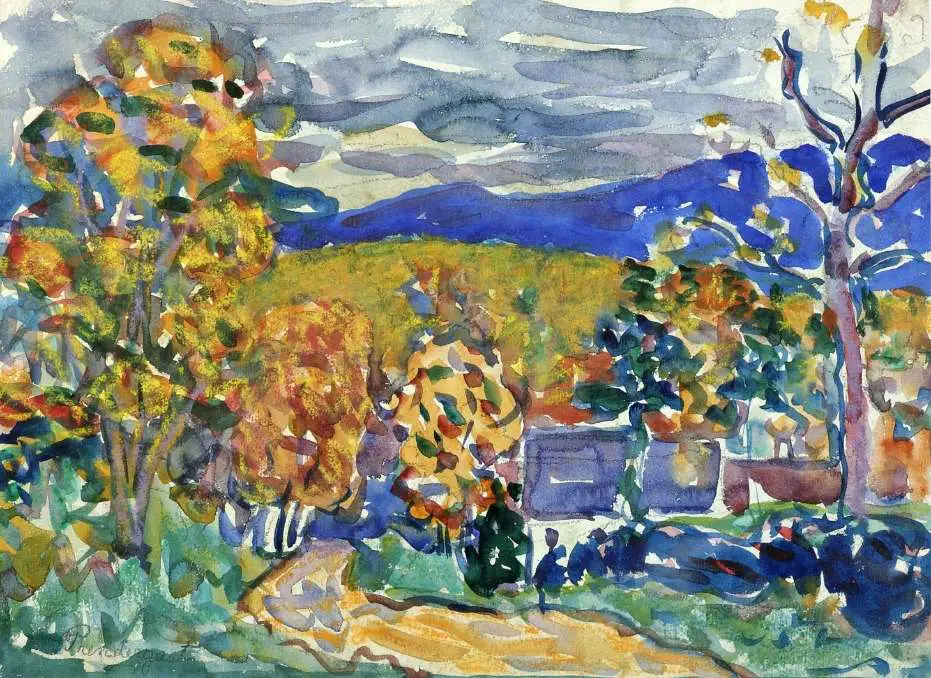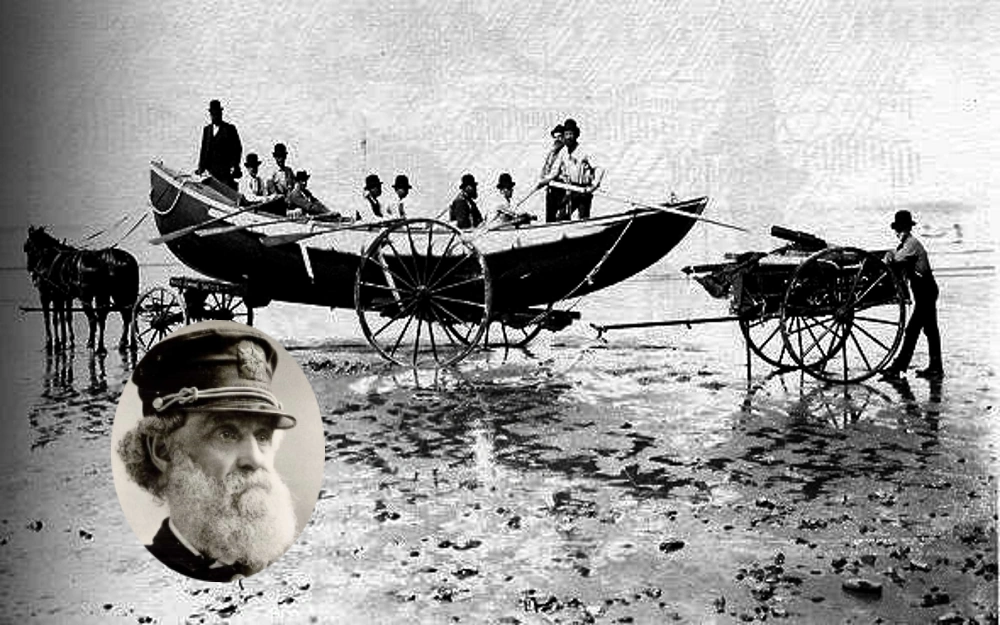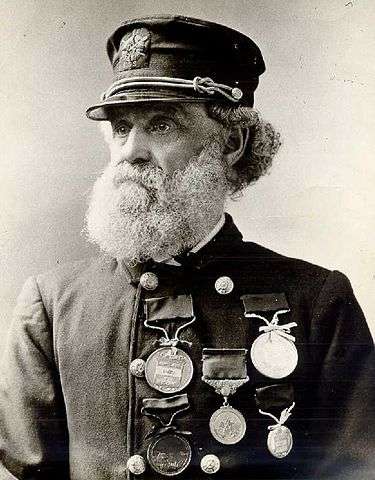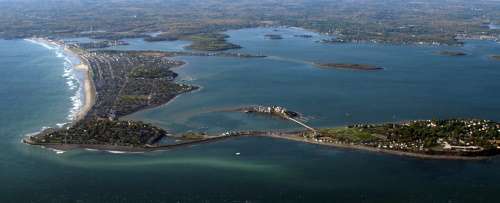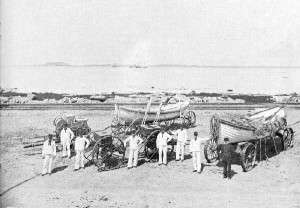Visit the South Shore of Massachusetts and you won’t have much doubt about why people call it the Irish Riviera. Orange-and-green flags fly from many a home, and the region is filled with Roman Catholic churches and schools, Irish dance schools and Irish pubs, restaurants and bakeries.
You may conclude the Irish Riviera resulted from suburban flight from the working-class neighborhoods of Boston, that most Irish of American cities. But well before the exodus to Braintree, Hull and Marshfield, well-heeled Irish families had built seaside Victorian mansions along the coast south of Boston. And even before that, the Irish gained a toehold in what is now the most Irish town in America: Scituate, Mass. They did it by engaging in the now-lost industry of Irish mossing.
Mossing
Irish immigrants began arriving in Boston during the Irish potato famine starting in 1845. Daniel Ward, an Irish immigrant, headed south and started collecting seaweed, or mossing, in the 1850s in Scituate.
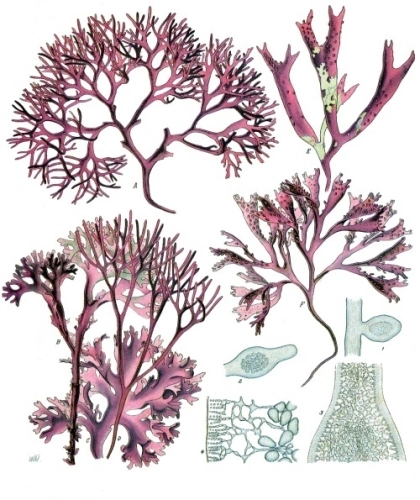
Irish moss
Irish moss is a red algae used as a thickener and stabilizer in ice cream, beer, wine, medicine and in calico dye manufacturing. Mossers hauled the slimy stuff from the sea floor with heavy rakes at low tide. Those who mossed at both low tides could gather as much as 1,000 pounds a day. Others made money spreading the seaweed on the beach to dry and packing it into crates.
It was a full-time job for Irish immigrants during the mid-19th century. But it didn’t make Daniel Ward rich. The salvage rights to the Forest Queen in 1854 did. The wrecked vessel from London had carried a load of silver bars, and Daniel Ward got the rights to them.

Scituate Harbor
He built a big house on a cliff and offered it for use as the first Catholic Mass. Starting in 1856, priests said Mass there four times a year.
In 1942, an anonymous mosser told American Magazine, “It’s a great farm we have out there. We don’t have to plow it or plant it, but it gives us four crops a season.” By the end of World War II, it was a lucrative summer job for young people. It died out, a victim of cheap labor overseas. Lucien Rousseau, the last commercial sea mosser, died in 1983.
But Scituate’s Irish mossers left a legacy: the Irish Riviera. Once they established an Irish-Catholic enclave in the town, Quincy and Randolph built parishes in 1848 and 1850.
The Irish Riviera

John F. Kennedy and others sitting on the deck of the Kennedy family home in Hyannis, Mass. Left to right: Ethel Skakel Kennedy, Jean Kennedy, an unidentified man, an unidentified woman, John F. Kennedy, K. LeMoyne (“Lem”) Billings, and an unidentified woman. (Photographer unknown. John F. Kennedy Presidential Library and Museum, Boston)
As the Boston Irish began to acquire wealth and power, they began to move to large houses on the South Shore, to Marshfield, Scituate and Cohasset, according to historian Thomas O’Connor. Boston’s rogue mayor, James Michael Curley, spent summers in Scituate. In hot weather, Irish families visited Nantasket, Wollaston and Hough’s Neck beaches.
Nantasket Beach in Hull was a fashionable vacation spot for the well-off Irish. Rose Fitzgerald’s family had a place on Nantasket Beach in Hull. Fenian John Boyle O’Reilly died at his summer home there.
After World War II the migration accelerated as returning GIs from South Boston, Hyde Park and Dorchester moved to the South Shore suburbs. It continued through the 1950s and 1960s.
By The Numbers
Today, Scituate and Marshfield are the epicenter of the Irish Riviera, which some consider the stretch from Weymouth to Kingston. Others consider the Irish Riviera to comprise Milton and Quincy outside of Boston to Cape Cod, where the Kennedy family still maintains a compound. The late Speaker of the House Thomas P. ‘Tip’ O’Neill retired to Harwich Port on the Cape.
Nearly 50 percent of Scituate residents have Irish ancestry. The Fieldston neighborhood of Marshfield is the most Irish-American section of the second-most Irish-American town in the United States. At least 44 percent of the population in Marshfield, Braintree, Hull, Avon, Pembroke and Milton have Irish ancestry.
According to the U.S. Census Bureau’s 2005-2009 American Community Survey, 19 of the top-20 most Irish communities in Massachusetts are south of Boston. Here they are by the percentage of residents who claim Irish ancestry:
47.5 Scituate
46.5 Braintree
45.8 Hull
45.6 Marshfield
44.9 Avon
44.9 Pembroke
44.6 Milton
44.5 Abington
44.3 Whitman
44.2 Hanover
43.4 Weymouth
43.0 Walpole
42.2 Holbrook
41.4 Duxbury
41.2 Norwell
40.8 Hanson
17.4 Boston
This story about the Irish Riviera was updated in 2022.

